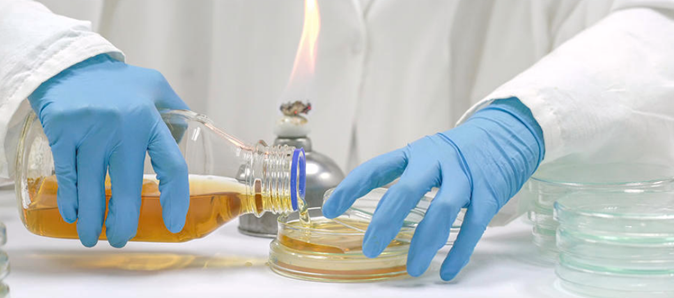
25 March, 2024
Imaging plates’ quality plays a pivotal role in generating high-quality images for subsequent analysis. Consider the following tips to ensure optimal imaging plate quality:
- Ensure there is no air bubbles trapped on the plates.
- Minimize plate exposure to open air to prevent desiccation.
- Prepare plates at least one day before image acquisition; freshly prepared plates may have excess humidity that affects worm detection.
- Label plates on their sides rather than on the lid or bottom to avoid software interference in worm tracking.
- Handle worms carefully to avoid damaging the agar, as worms tend to crawl into any breaks in the agar surface.
- When transferring worms by drop, ensure all liquid is absorbed before imaging acquisition.
- Guard against contaminations like fungi, yeast, or bacteria, which can impact both image quality and worm behavior. Plates should be handled in a sterile hood.
- Prevent lid fogging; if fogging occurs, use Kimberly-Clark Kimwipes to wipe the lids or leave the plate open into a sterile hood until clear.
- For extended assays such as lifespan studies, omit CaCl2 to prevent insoluble precipitates that reduce image quality.
- A trick! Maintain a consistent agar amount in plates to minimize refocusing needs when switching between plates.
Otherwise, plates showing signs of fungal growth, contamination, desiccation, fogging, or any compromise must be excluded from analysis.
SOP for Preparation of NGM-plates:
- For 200ml of media, add the following to a 500ml Erlenmeyer flask. Put a clean stir bar in each flask to help with mixing reagents after autoclaving.
| Ingredient | Amount per 200ml | Amount per liter |
| Agar | 4.6 g | 23.0 g |
| NaCl | 0.6 g | 3.0 g |
| Meat Peptone | 0.5 g | 2.5 g |
| DI Water | 200 ml | 1000 ml |
- Autoclave this nematode growth media on a liquid cycle (121°C, 15 psi minimum) for 20 minutes.
- When autoclave cycle is complete, move media immediately to 55°C water bath to cool.
- After media cools to 55°C, add the following ingredients in the order shown below. Use previously added stir bar to mix between each addition:
| Ingredient Stock | Concentration | Vol. added to 100ml media | Vol. added to 200ml media | Vol. added to 1L media | Final concentration |
| Potassium phosphate buffer KP04 (pH 6.0) | 1M | 2.5 ml | 5 ml | 25 ml | 24 mM |
| Magnesium sulfate(MgSO4) | 1M | 0.1 ml | 0.2 ml | 1 ml | 1 mM |
| Calcium chloride (CaCl2) | 1M | 0.1 ml | 0.2 ml | 1 ml | 1 mM |
| Cholesterol | 5 mg/ml | 0.1 ml | 0.2 ml | 1 ml | 5 mg/L |
- Pour plates with the desired volume of agar using a plate-pouring machine. Plates should be poured in a sterile hood and the agar should be allowed to solidify before replacing lids.
- Allow plates to dry for 24 hours at room temperature or in hood with the lids on.
- After drying, plates were sealed and stored at 4 °C until needed. Recreate a wet chamber inside the plastic container placing a moist paper sheet inside; keep the plates non in contact with the paper.
